Khuvsgul Lake, Central and Northern Mongolia Tour 11 days
- Size:1 to 15 PAX
- Moderate
- Duration:11days/10nights
Overview
During this excursion, we will travel to Lake Khuvsgul in northern Mongolia, known for having the clearest water in the world. Approximately a hundred freshwater mountain streams supply the lake, but just one river flows out. Khuvsgul Lake and its stunning environment serve as an ideal destination for nature enthusiasts and those who enjoy recreational vacations. The environment around the lake is unspoiled and breathtaking. The lake isn't the sole attraction. The path to and from the lake showcases the most picturesque and appealing locations in central and northern Mongolia, in addition to being abundant in cultural artifacts and ancient historical remnants. Additionally, central and northern Mongolia are significant pastoral regions where nomads manage their numerous animals, and they are always welcoming to guests. Consequently, you may explore numerous nomad families to observe and understand their distinct lifestyles
Date:
10 May to 25 September
Includes:
- 2 nights in a 3* hotel
- English speaking guide
- Bottled water
- Entry fees to the museums and the national
- 8 nights in a ger camp
Excludes:
- Items of personal nature
- Visa fee
- Alcoholic drinks, beverages and bar bills
- Items of personal nature
Tour price:
- Pax 2 $ 2500
- Pax 3 $ 2280
- Pax 4 $ 1800
Detailed Itinerary
Day 1: Arrive in Ulaanbaatar/Tour
Day 1: Arrive in Ulaanbaatar/Tour
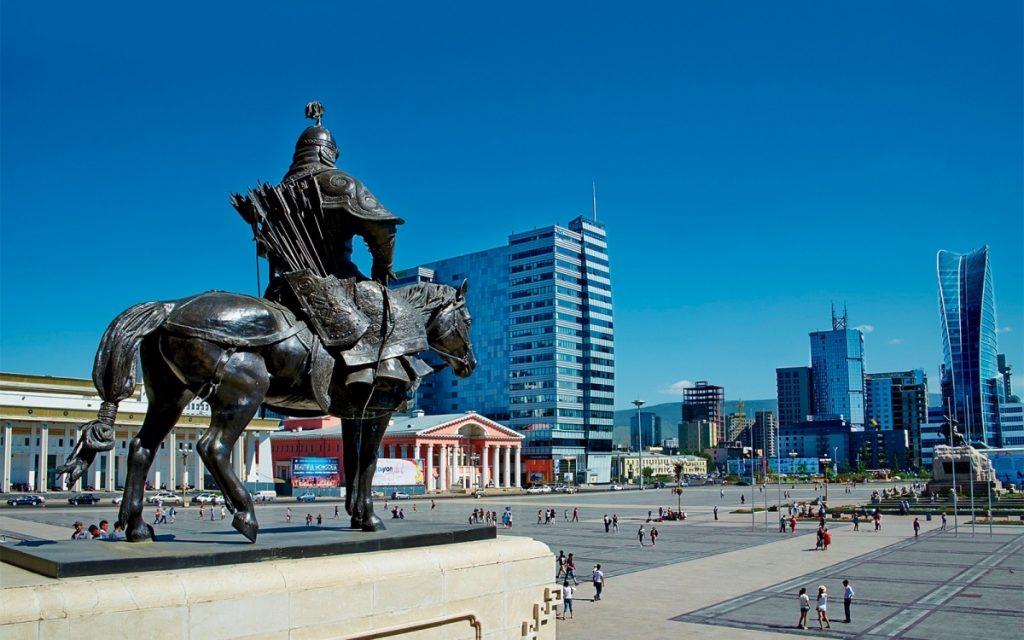
Your chauffeur will meet you at the airport and take you to a hotel in the city center. Should time allow, you will explore the city. Initially, you’ll explore Gandantegchilen Monastery, a site appreciated by both residents and visitors for its fascinating religious relics and peaceful atmosphere. A 26-meter golden statue of a Buddha (located in Megjid Janrasag sum) is another noteworthy attraction. After that, you explore the National Museum of Mongolia, then head to Sukhbaatar Square and take a drive to the Zaisan Memorial for a sweeping view of Ulaanbaatar. In the evening, enjoy a welcoming dinner at a fantastic Mongolian restaurant
Day 2: Begin exploration of the countryside en route to Amarbayasgalant Monastery
Day 2: Begin exploration of the countryside en route to Amarbayasgalant Monastery
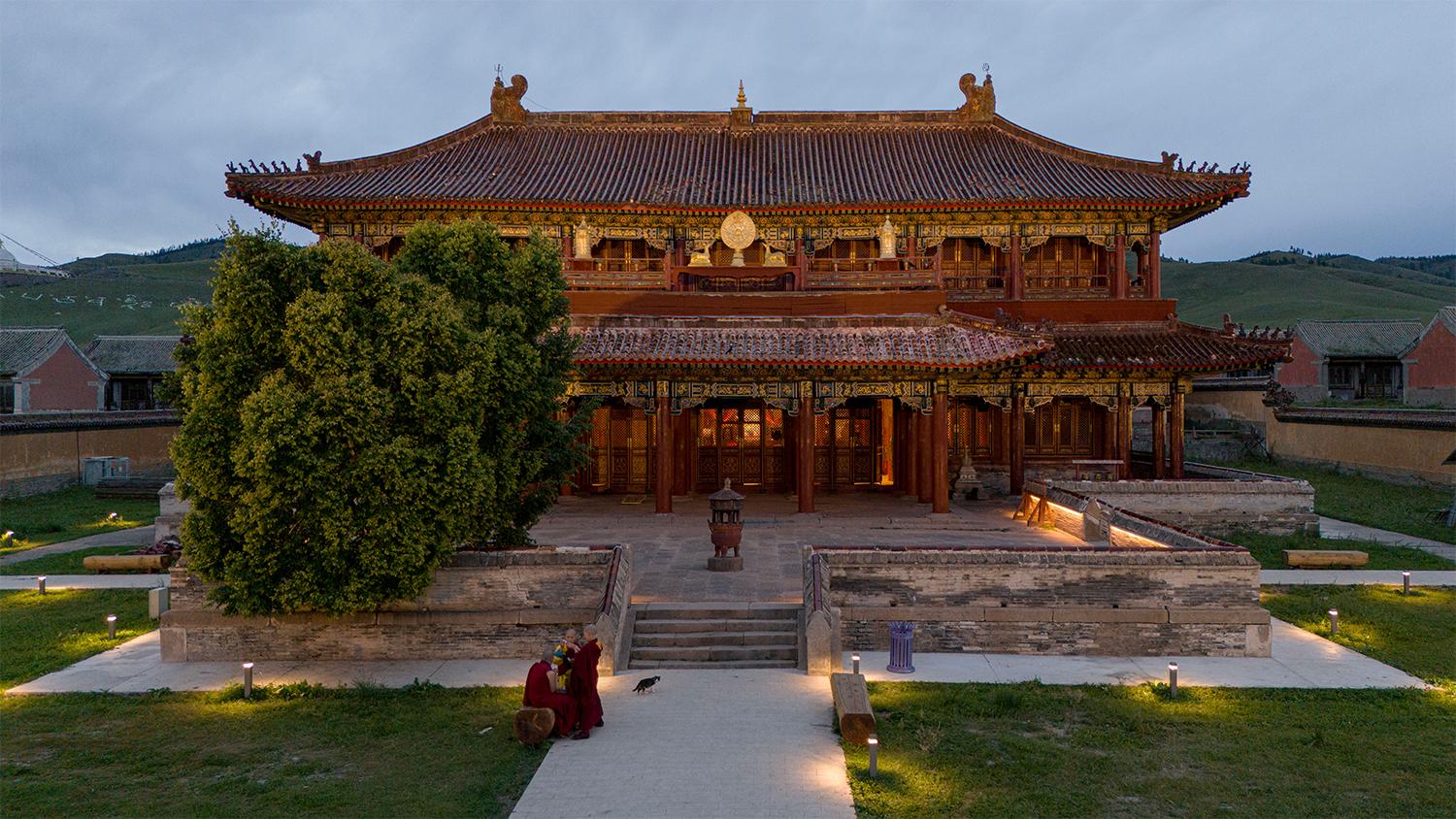
In the morning, travel to Amarbaysgalant monastery. Amarbayasgalant is recognized as the most beautiful, ancient, and remarkable architectural monastery. Reach Amarbayasgalant monastery in the late afternoon and settle in at a ger camp. After a while, explore the stunning monastery and trek up the slopes of Burenkhaan Mountain to view Buddha statues and the massive stupas. From the hilltop, you can see stunning views of the entire monastery and the Iven River Valley
Day 3: Travel to the Urantogoo extinct volcano
Day 3: Travel to the Urantogoo extinct volcano
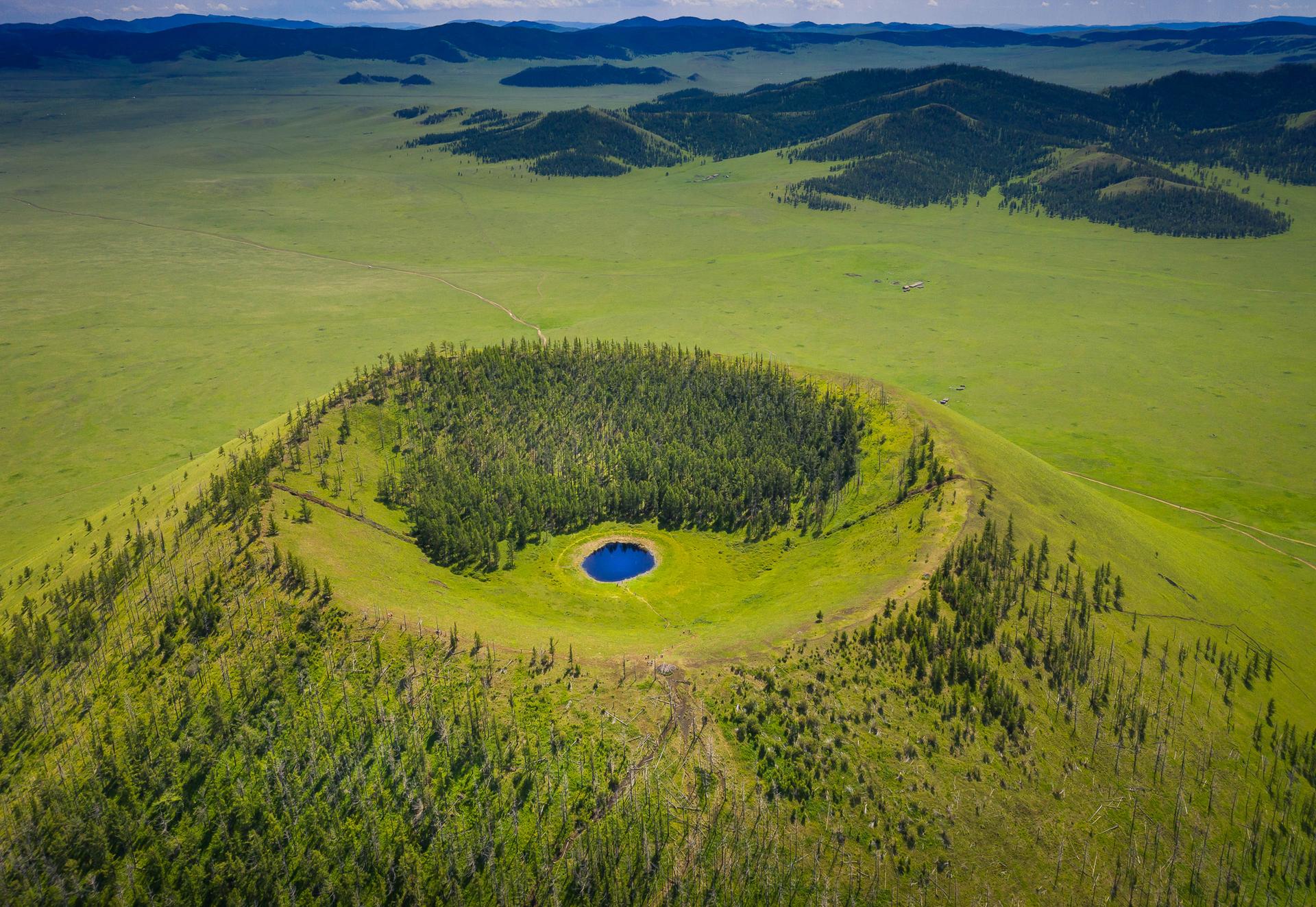
On the route to the Urantogoo extinct volcano, you will pass through the city of Erdenet, known for its copper mine, and the central town of Bulgan province. The scenery will shift to encompass more wooded regions. The Urantogoo volcano became inactive 800,000 years in the past. Reaching the summit of the mountain requires a bit of hiking. The view is breathtaking when you stand at the volcano's summit
Day 5: Khuvsgul lake
Day 5: Khuvsgul lake
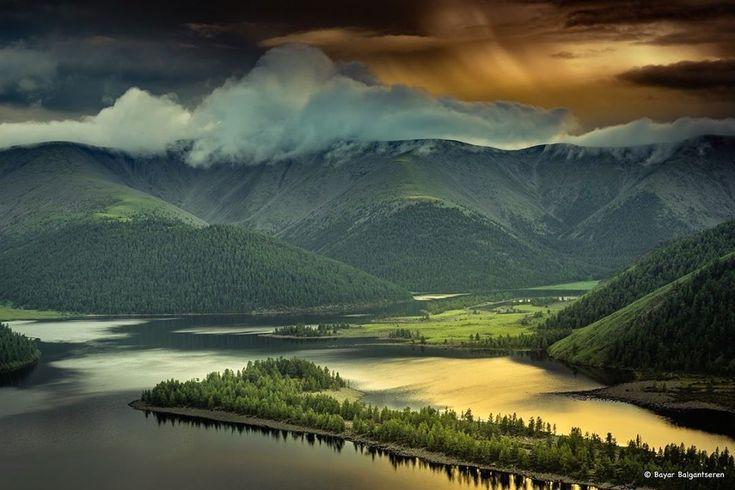
The expedition proceeds to the freshwater Lake Khuvsgul. This lake, stretching 136 km in length and 38 km in width, is situated 1600 m above sea level within the heart of the Siberian taiga and amidst impressive steep rock mountains. The route to the lake consists of paved roads featuring picturesque views. Reach Murun, a central hub of Khuvsgul by midday. Post-lunch, proceed on the trip and arrive at the lake by the late afternoon. Appreciate the outdoors, discover the area at your own speed, and unwind after extensive driving. Boating and kayaking can be enjoyed at the base for an extra charge
Day 5: Explore a reindeer family and enjoy horseback riding at Khuvsgul Lake
Day 5: Explore a reindeer family and enjoy horseback riding at Khuvsgul Lake
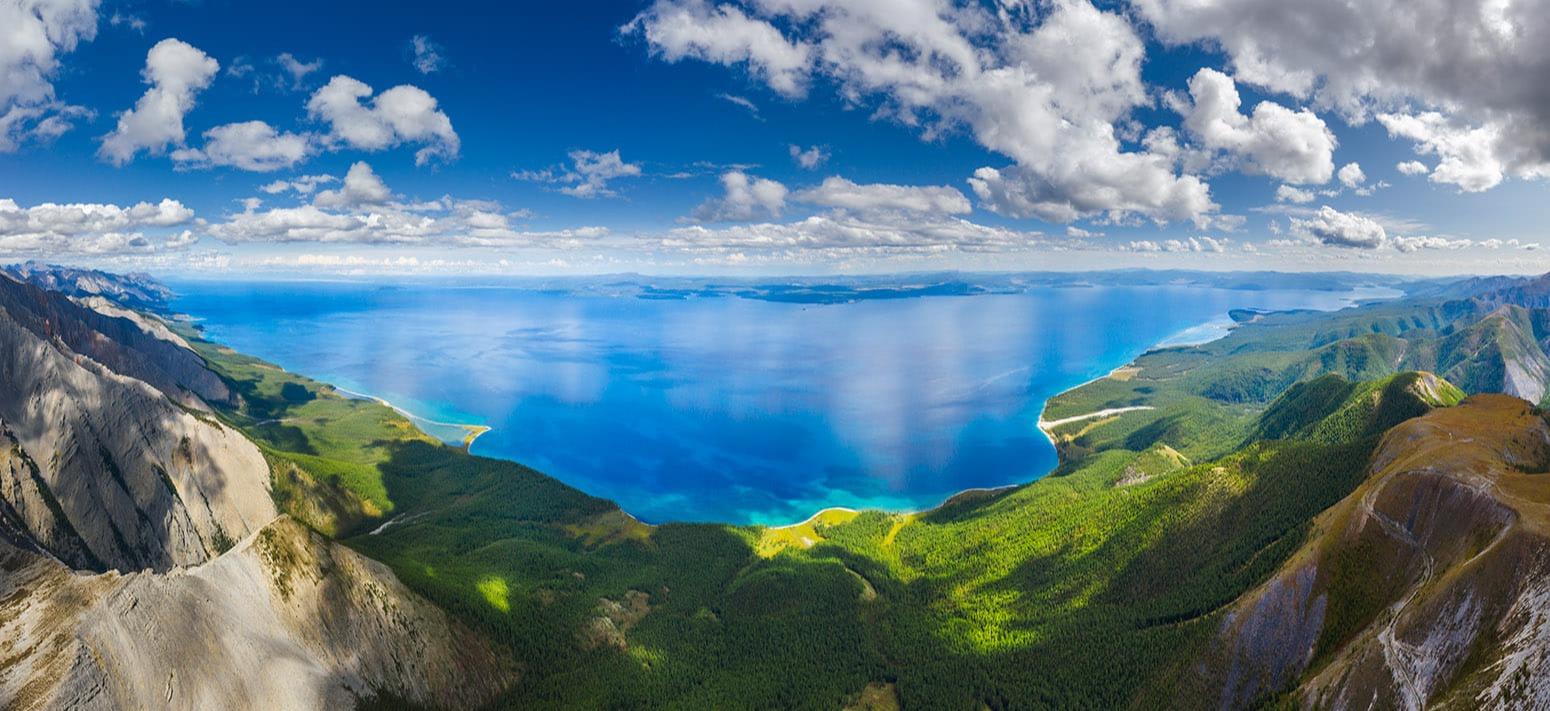
The reindeer herders raise reindeer not just for their antlers but also for their milk, meat, skin, transportation, and medicinal uses. They reside in shelters draped with fabric or animal hides, even during the cold of winter. The isolation of the Taiga forest means their existence relies solely on nature. They are knowledgeable individuals regarding the use of herbs and plants for culinary and medicinal applications. Among them are the most renowned Shamans. Within the heart of the taiga forest, 400 individuals from 80 families reside, tending to their 2000 reindeer. The reindeer family you encounter today exemplifies the reindeer community that migrated from the Taiga near the lake to enhance their earnings. (The reindeer Family encounter is accessible if they are close to the lake). Pass the remainder of the day horseback riding by the lake's edge and ascending a nearby mountain for a bird's-eye view of the lake
Day 6: Visit Ulziit Khishig and deer stones
Day 6: Visit Ulziit Khishig and deer stones
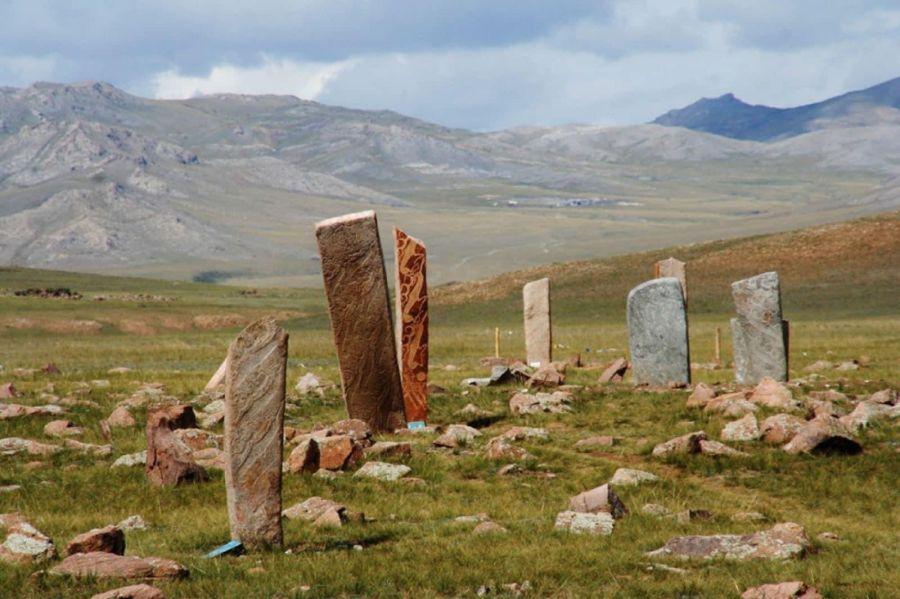
As you travel, you will discover ancient deer stones. Around 600 deer stones have been located in Central Asia, with 500 of those found within Mongolia's borders. Deer stones represent humanity's earliest monuments; the oldest deer stones date back to the 13th to 9th century BC, with the majority originating from the Bronze Age. Images of the sun, the moon, belts, knives, and leaping deer intricately carved on restored, upright stones. The adventure proceeds through the mountain valleys on rough paths and includes an overnight stay at a ger camp close to Shine Ider.
Day 7: Terkhiin Tsagaan Khorgo National Park
Day 7: Terkhiin Tsagaan Khorgo National Park
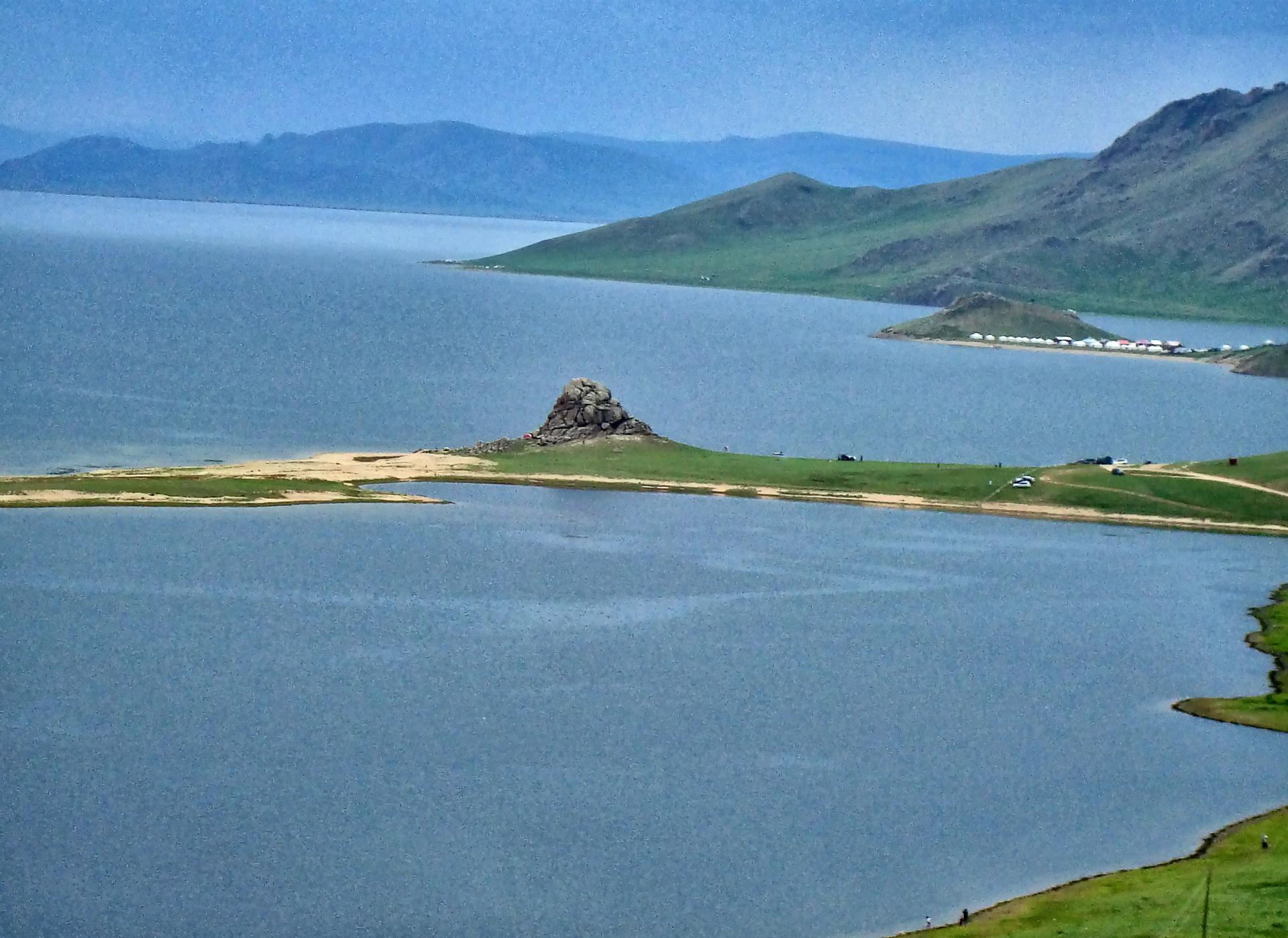
The Khorgo Terkhiin Tsagaan National Park was created to conserve the magnificent mountain landscape and the threatened species of its plant and animal life. The National Park region contains multiple extinct volcanoes, with Khorgo being the most accessible. Lava from the volcanoes obstructed the north and south Terkh Rivers, creating the freshwater lake Terkhiin Tsagaan. Aside from the lake and volcano, the national park is very stunning, abundant in plant life, and is a renowned grazing region where numerous nomads live with their livestock, primarily yaks. Today, you will ascend the volcano using steps and paths. Upon arriving at the summit, you will stroll along the edge of the volcano, enjoying spectacular views of the nearby regions; a quaint village is visible from the volcano, alongside an aerial perspective of Terhkiin Tsagaan Lake. In the afternoon, head to freshwater Lake Terkhiin Tsagaan and investigate the caves
Day 8: Tsenkher Thermal Springs
Day 8: Tsenkher Thermal Springs
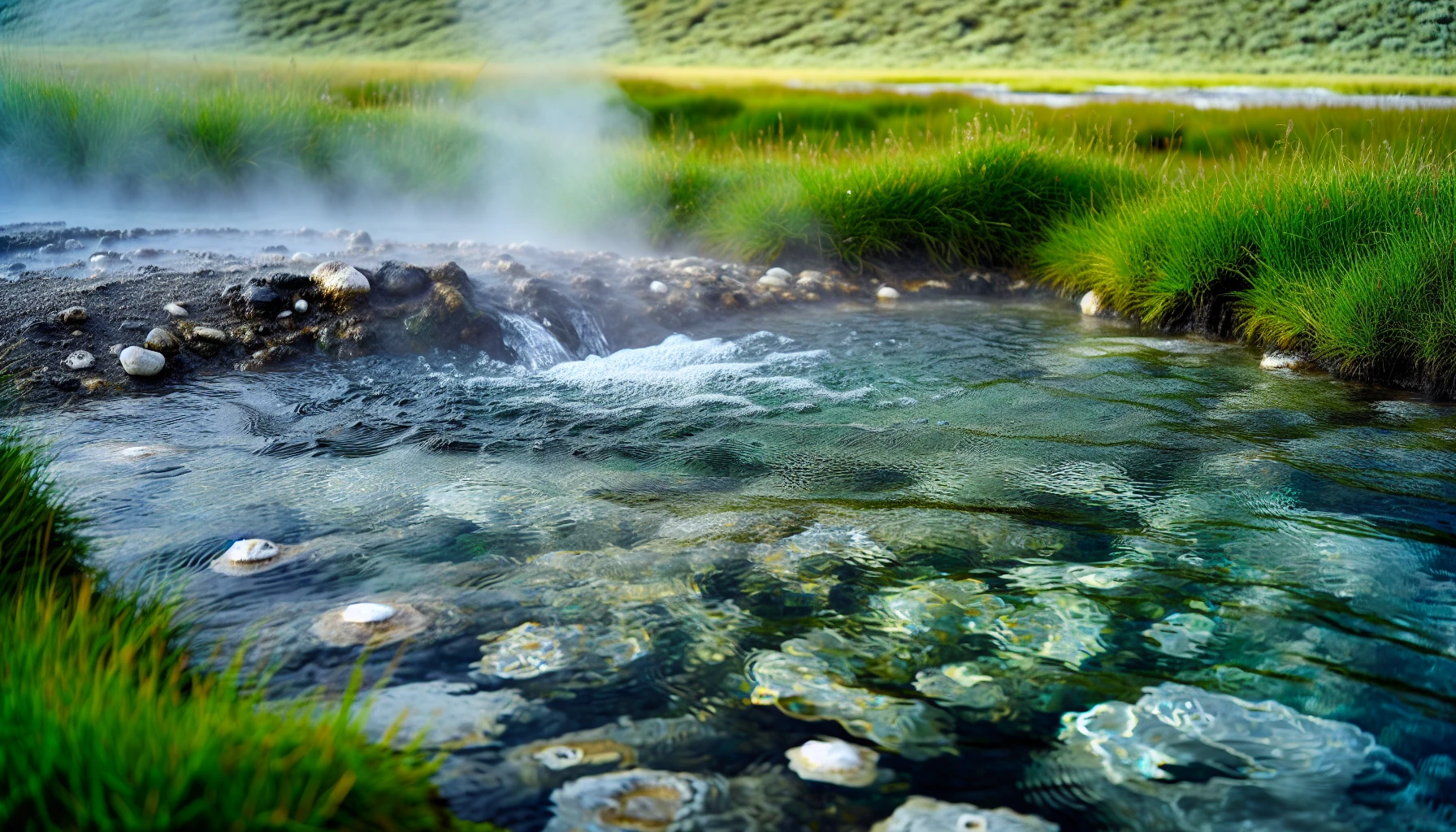
The trip proceeds to Tsenker Hot Spa. On the way, visit the Chuluut River. This swift river current moves through lava canyons that are 20-50 m apart. Our upcoming destination is a charming local market in Tsetserleg, a key town in Arkhangai province. In the evening, relax in the outdoor hot tub
Day 9: Travel to Elsentasarkhai and Erdenezuu Monastery
Day 9: Travel to Elsentasarkhai and Erdenezuu Monastery
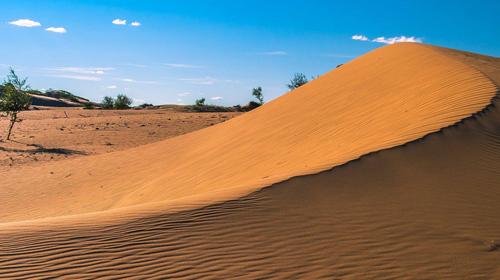
Kharkhorin, previously called Kharakhorum, served as the capital of Genghis Khaan's Great Mongol Empire during the 13th century. Following the relocation of the Mongolian capital to Beijing and the collapse of the Empire, Karakorum was deserted and subsequently obliterated by Ming troops in 1388. In the expansive valley of the Orkhon River, the magnificent ancient monastery Erdenezuu exists alongside the contemporary town Kharkhorin, which is located at the site of the former capital Kharkhorum. Explore a functioning temple of the monastery and its museum exhibits. Proceed with the journey to Elsentasarkhai. Elsentasarkai is an impressive location, showcasing the Gobi Desert, mountainous steppes, lush rivers, and a tall peak. At Elsentasarkhai, you will live with a nomadic family, immerse yourself in the nomadic lifestyle, and go on camel rides
Day 10: Journey to Ulaanbaatar
Day 10: Journey to Ulaanbaatar
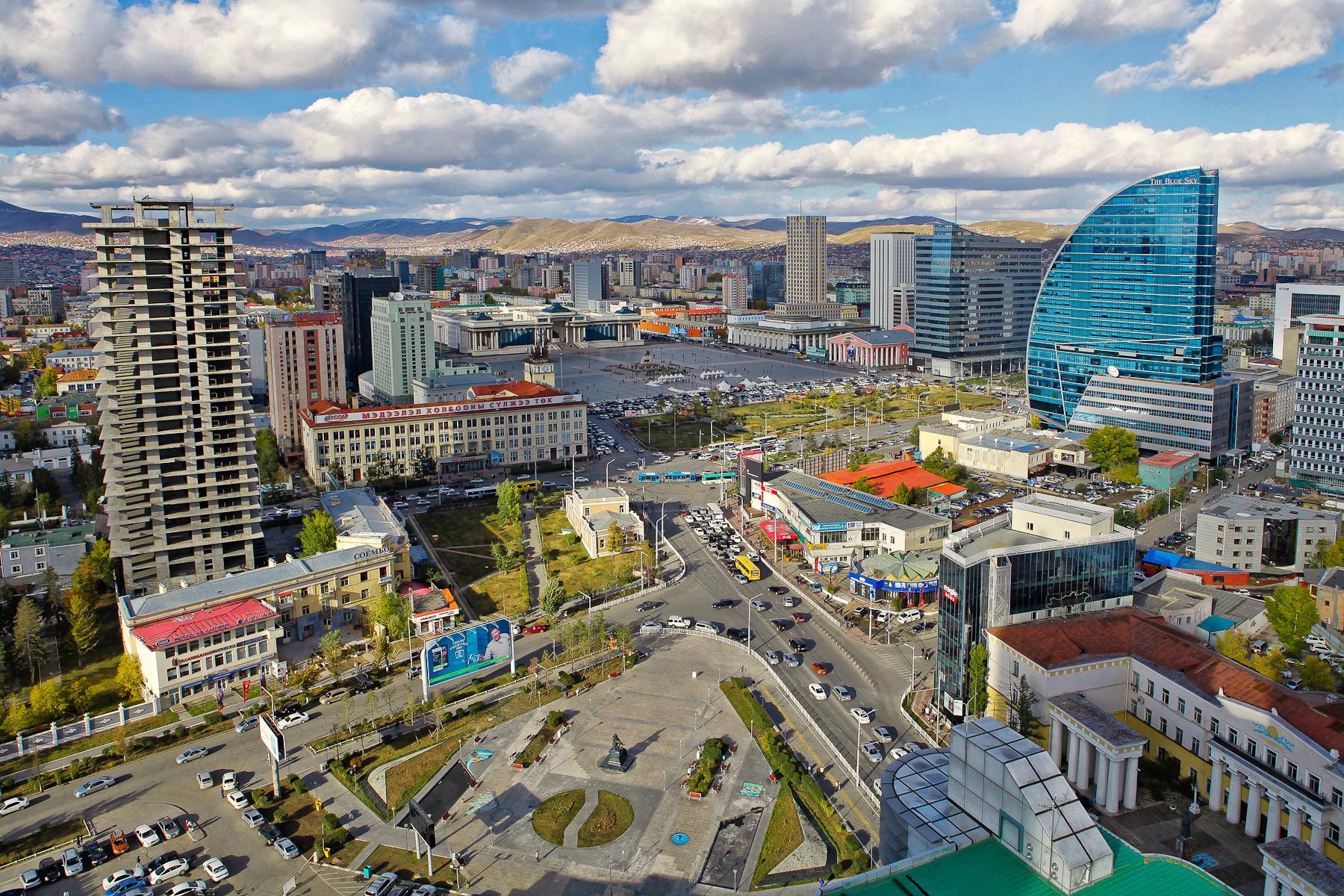
Today marks your final day in the stunning countryside of Mongolia. Reach Ulaanbaatar following four and a half hours of driving. In the evening, watch a traditional Mongolian cultural performance, one of the most fascinating and essential experiences in Ulaanbaatar featuring horse-headed fiddles, throat singing, contortion, and more.
Day 11: Head to the airport
Day 11: Head to the airport
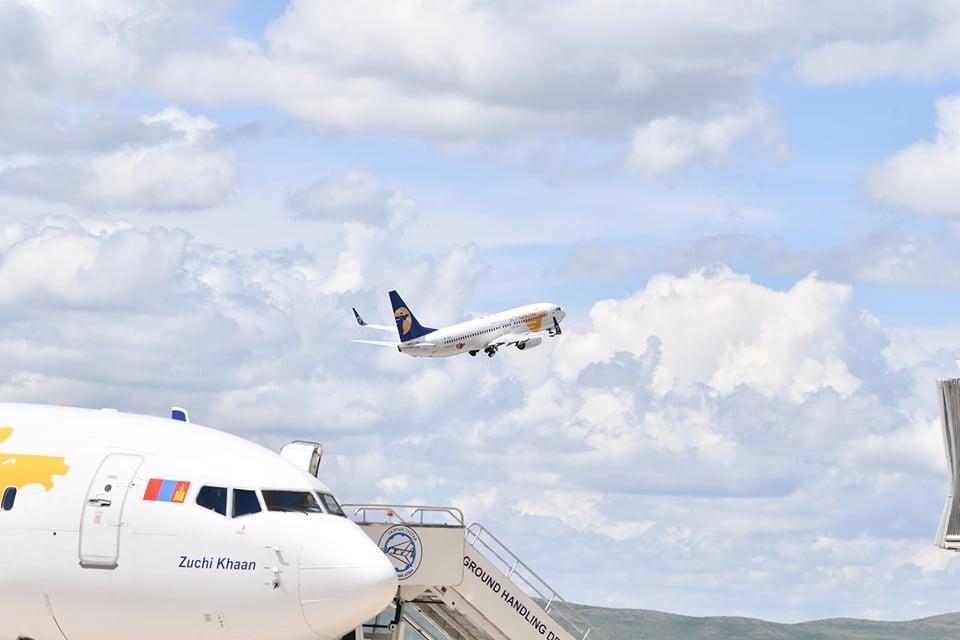
The driver will take you to the airport. Conclusion of the tour
Backgrounds
The well-known sights and picturesque locations in central and northern Mongolia's verdant, forested regions are explored on this frequent journey. While the remaining portion of the journey is easier to drive on paved roads, half of it is off the usual routes. You will stay in a hotel in Ulaanbaatar and ger camps in the countryside during the tour. To enhance your trip, a one-day nomad family stay is provided. The tour does not contain any strenuous physical activities, but it does include two to three hours of gentle hiking and an extinct volcano climb, which is not too taxing and may be optional for certain tourists. The tour's locations are comparatively high in elevation. 1500–1700 meters above sea level on average, including the Khorgo Terkhiin Tsagaan area at about 2000 meters. Long drives over steppes and shifting landscapes are usually necessary when visiting Mongolia in order to see and experience more. Three to six and a half hours will be spent driving. With the assistance of your guide and local guides, the agenda includes some horseback riding and camelback riding.
Meals
The itinerary specifies which meals are included in the tour. Both European and Mongolian cuisine are served in ger camps in the countryside. Meals consist primarily on meat, which is served with salads, soups, and vegetables for lunch and dinner. Traditional Mongolian dishes will have more beef. Tea or coffee, bread, jam, butter, eggs, and sausage are the usual breakfast items. At some ger camps, breakfast consists of cereals, pancakes, cheese, cookies, and more. Salads, Mongolian soups, the main course (rice, pasta, vegetables, meat, mutton, chicken, or fish near lakes or rivers), dessert, and tea are served for lunch. Dinner will consist of salads, the main dish, dessert, and tea. You will sample real Mongolian food with nomads. It is not traditional in Mongolian culture to serve different kinds of food at the same time. Please let us know in advance if you are vegetarian or have any other dietary requirements, and we will adjust our plans accordingly. Two 0.5L bottles of water will be provided each day. On request, one large bottle (1.5 liters) of water can be provided in place of two small bottles.
Accommodation
Travel to Mongolia is heavily influenced by the time of year, and ger camps for seasonal lodging are available from May 15 to September 20. The ger camps are partially open in other months and shuttered in the winter. The journey includes a two-day stay at a hotel in the heart of the city, a seven-night stay at a ger camp, and a day stay with a nomad family.
Guides
English-speaking guides make up the majority of our company's guides. Additionally, our advisors are fluent in Japanese, French, German, and Spanish. The majority of them grew up in rural Mongolia and are all amiable and helpful. As a result, they have at least three years of guiding experience and are well-versed in all facets of Mongolia. You will receive assistance from a native guide while riding the camel.
Time
The best time to visit north Mongolia is from May 20 to September 10. The weather will be pleasant and mild during this time, with the exception of Khuvsgul Lake, which will remain frozen until early June. The huge Mongolian mountain region is covered throughout the journey. As a result, you should anticipate weather and altitude variations. In addition, compared to other areas, northern Mongolia has late warming and early cooling. Snowfall could startle you even during the warmest month of July during the Mongolian summer. Due to its elevation of at least 700 meters above the Siberian tundra and Chinese borders, Mongolia has significant hourly, daytime, and nighttime weather variations. Snowfall occurs sporadically in May, late August, and early September. The weather in central and northern Mongolia differs, with average monthly temperatures of +18°C and the highest +25°C daytime temperatures in May, the first half of June, the second half of August, and September, and +22°C and the maximum 30°C daytime temperatures in June, July, and August. In the evening and at night, the temperature decreases by 10 to 20 degrees Celsius. You can review our comprehensive packing list for the discovery excursions for pre-departure planning and ideas on how to get ready for this unpredictable weather. Attractions in Central and Northern Mongolia might help you organize your ideal vacation or tailor the itinerary just for you.
Book this tour
You may also like
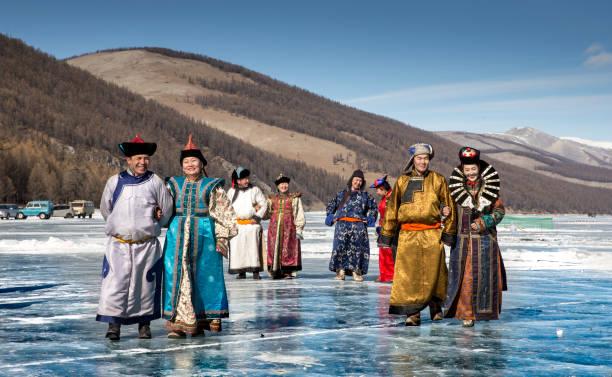
- 1 to 15 PAX
- 9 nights/10days
- Moderate
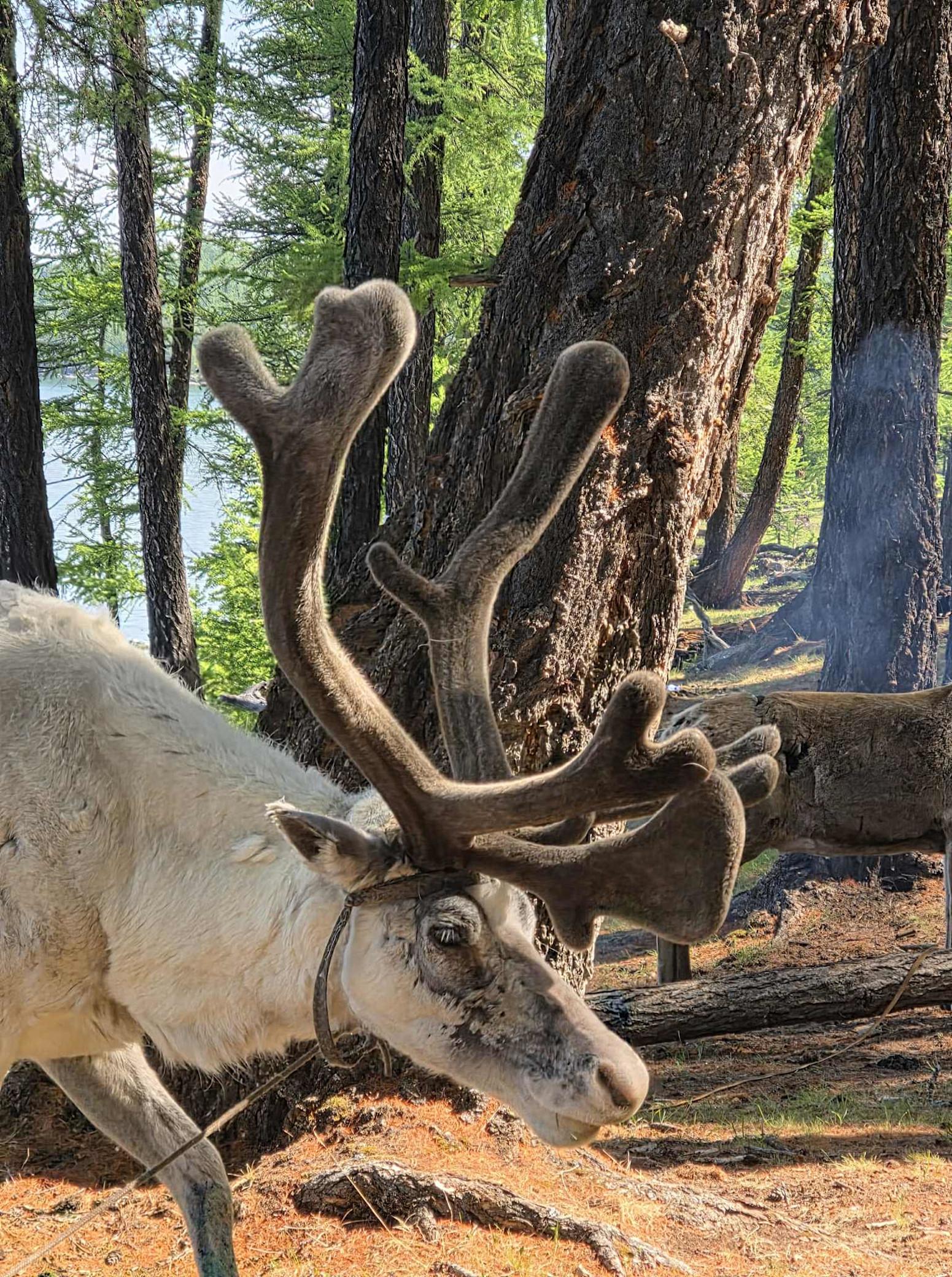
- 1 to 15 PAX
- 9 days/8 nights
- Moderate
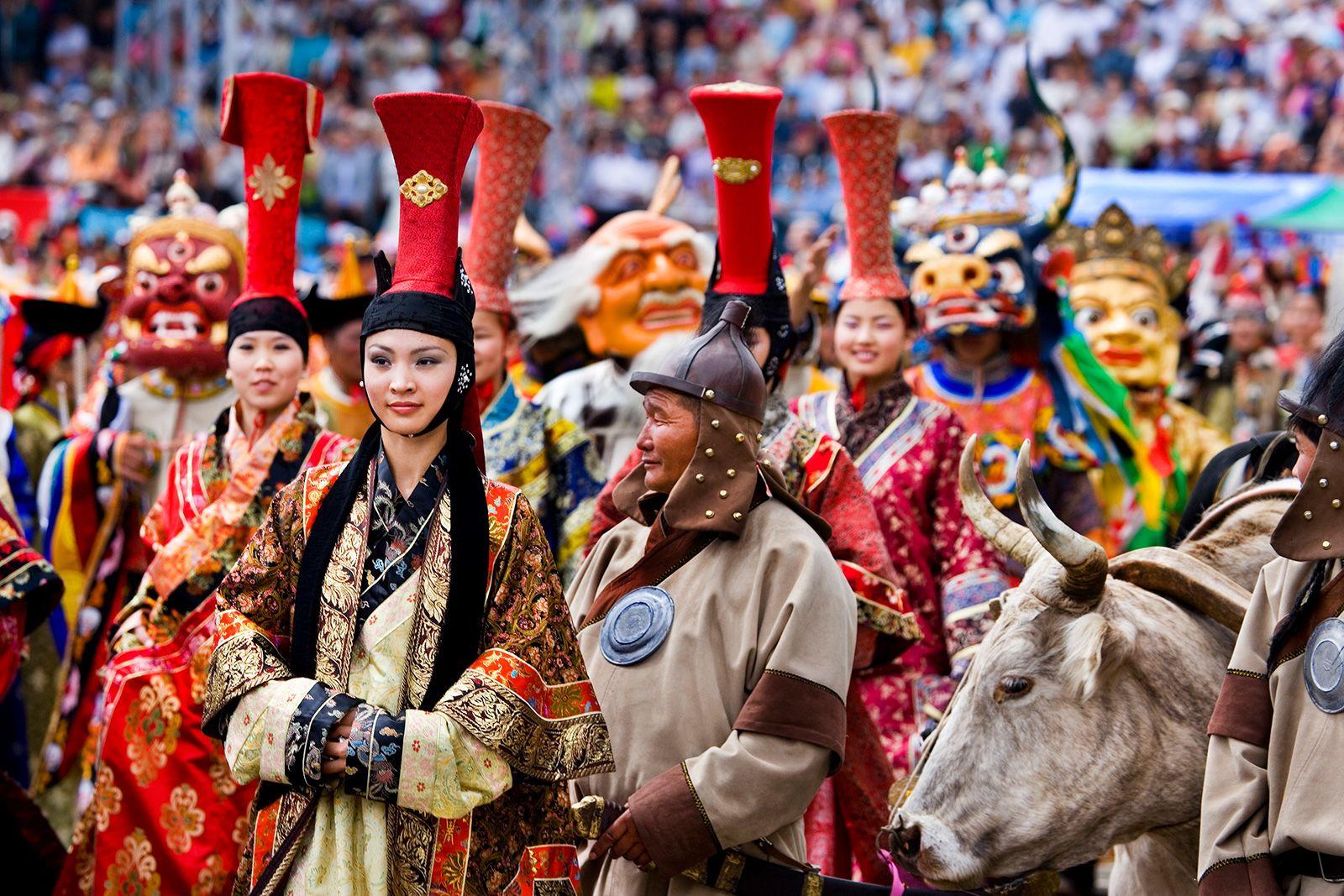
- 1 to 15 PAX
- 15 nights/16 days
- Moderate
Our Customers' Experience
We cherish the wonderful memories of our customers, as each story inspires us to improve and create even better experiences for everyone.
